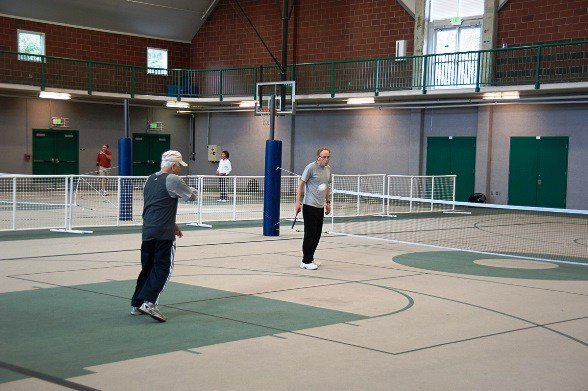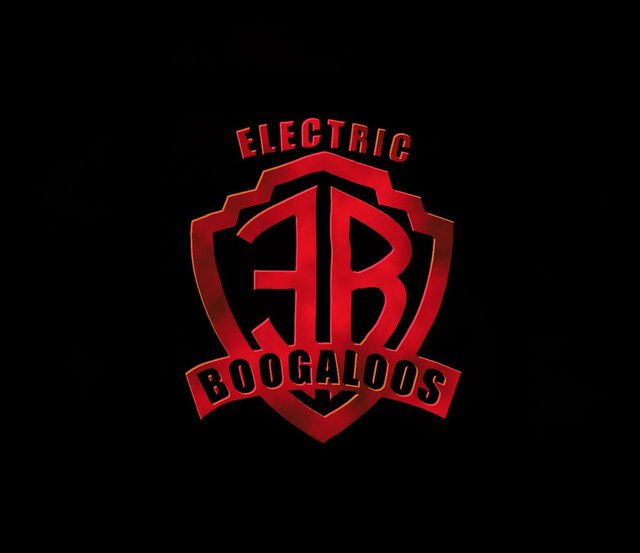What's Popping Overseas? A memoir of the understanding of funk dance.
For my mentors Niko and Weiwei, rest in practice.
* Eric recorded a short clip of him dancing in the Philadelphia club Space in 1999. He posted it on Napster, which was in its prime as a file-sharing medium.
In the early 2000, the first time I took a glimpse of street dance was a viral video I had seen of LPC Eric. What was so special was the hand movements and shapes visualized with fingers that created a continuous illusion. Utilizing articulations of the body to a rhythm was appealing to me. These movements, called handflows, lead me to do research on the background of liquid dance, waving, and its influences.
Thus begins on a 15 year journey into the art of dance we all call: Popping.
Yes, we have all seen Michael Jackson showcase his dance moves. But the first time I saw popping that didn’t have MJ-influence was in 2001 at a middle school social. It was an evening after school when the school district invited middle school students to the local community center, and for about 2 hours: Teachers would chat amongst themselves and chaperone, while students would hangout.

*Indoor courts at the Issaquah Community Center, located in Washington State.
This wasn’t a sports gathering, but a DJ playing classic disco & funk music in a massive room of indoor courts.
I was with my classmates at the time; we were all foolish students, not even calling ourselves dancers, but always imitating what we watched on TV.
I did my handflows, body waves, figure 8s, feet shuffle, and weak attempts on fixed circle glides.
A student however, that wasn’t the same school as me, joined in on the cypher and impressed us all.
He was flexing his muscles to the kick and snare of the drums, vibrating his movements to the rhythm. As he came up to me with playful pantomime: he did a shoot down split, with his front leg way past my comfort zone, then suddenly dropping on his back convinced me that these moves and concepts wasn’t as physically demanding as B-Boying, but still difficult and explosive as any other street dance. The sounds of George Clinton’s Atomic Dog still brings emotion of excitement.
Before the YouTube generation even existed, file-sharing clients such as Napster, Morpheous, and DC++ was the norm for dancers from all parts of the world who wanted a glimpse of popping. Music and video clips were often traded and transferred across computers connected on a 56k modem. Japan was just understanding the art of Boogaloo, and beginning to hold competitions in the popping category. “Poppers” would communicate on the popular website known as mrwiggles.biz, and bboy.org (now defunct). In the States, If you wasn’t down with the hip-hop culture, nor located in the Bay, LA, or NYC, this was all you had.
By the time I was a freshman in high school, I performed in the school talent show and competed in my first popping battle at the International District of Seattle. I was hungry for more.
When summer came, I took an opportunity to visit my motherland Taiwan, and experienced the dance scene there. I had learned about Boogaloo before, but didnt practice it until I was there. A respected dancer in Taipei, Weiwei, goes by the dance name of Lion, gave me private lessons for two months.
He showed me that basic movements of Boogaloo consists of rolls, twistos or twist-o-flex as he calls them. Rolls, a fundamental concept, is to rotate a major articulation of the body, usually neck, shoulder, or knee, in the x or y axis. Rolls are usually used as transitional moves in popping, followed with a hit. Twisto-o-flex is a fixed movement utilized to create an illusion of twisting the upper body and lower body, seperately.
Feet movements such as the shamrock, and old man was introduced to me early in the lesson with no explanation of where it had came from.
When I battled in Taiwan for the first time, I went past preliminary but not the first bracket of rounds as I was deemed unskilled in the art of boogaloo. It took me a few months after my Taiwan trip to realize that all these movements were also in an instructional VCR tape that EB’s Poppin’ Pete had made.
No one really wanted to talk about where boogaloo came from; everyone answers this differently.
The EB family had taken the global market; with opportunities to showcase their talent, they took the stages of Las Vegas, and Asia. They knew that as long as more people have gotten a glimpse of their style, they could provide their own philosophy on popping.

* T-shirt similar to this is worn by many dancers, the Electric Boogaloos have a large following in China.
Born 2 Dance of 2008 was the first time I competed in China. 128 Poppers from Guangdong Province, and Hong Kong signed up to compete. Because of the large amount of competitors, it ended up becoming a two day event. I made it into the third bracket of rounds, with 16 poppers remaining. My last battle of the night ended up being a double tie-breaker.
I took my time, pacing myself with dimestops, switched it up by slowing it down, then dimestopping within the pocket of the beat. That means no abrupt stops on the two and four. I didn’t pop at the end of the movement, but shifted into a new pose at the end of each movement, for an illusional effect. And as intricate as I wanted to look, added in tutting and poses that are reminiscent of a strutter. King Tut style was still relatively new in China.
My reason for this thought process: I didn’t see my opponent switch up his pacing. Traditional fresno boogaloo has a pace of hitting on the two and four.
As a viewer in the audience, It looked like as if I was dancing on my own, not reacting to my opponent.
And so, the three judges at the end didn’t pick a winner based on skill-sets, or individuality, but on endurance.
Fresno Boogaloo is now the platform to make the art of popping emphasize on competing, based on technical skill-sets rather than individual & creative skill level.
I feel that the judges currently in China are focusing on who has the endurance, hitting power, can put the most difficult moves in a round (while in in a boogaloo-groove/pace), a combination of techniques of exaggerated rolls, twist-o-flex, toy man, with minimal dime-stopping. These are deemed the overall winner. The trend lately is to incorporate ticking and strobing for rhythm switches, blow ups and shoot downs as a follower, crowd pleasing movements (a practice of cultural difference, honestly) rather than an emphasis on individual creativity.
I am not saying individuality & creative skill-sets are more important, I am just saying they are just as important.
Popping is passed its YouTube prime, and is practiced in every major city of the world. Though this era isn’t culturally significant to dancers within the United States, national competitions have made it incredibly marketable overseas.
Great work @satoshiengaged! Glad to see you promote hip-hop on Steem here :)
Keep at it :D